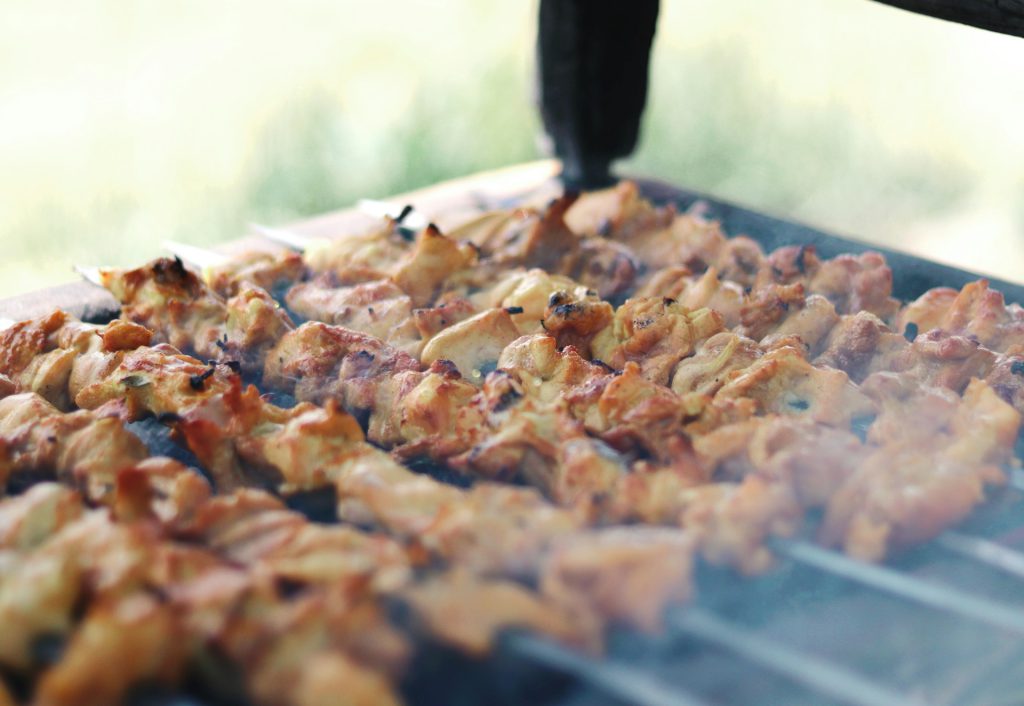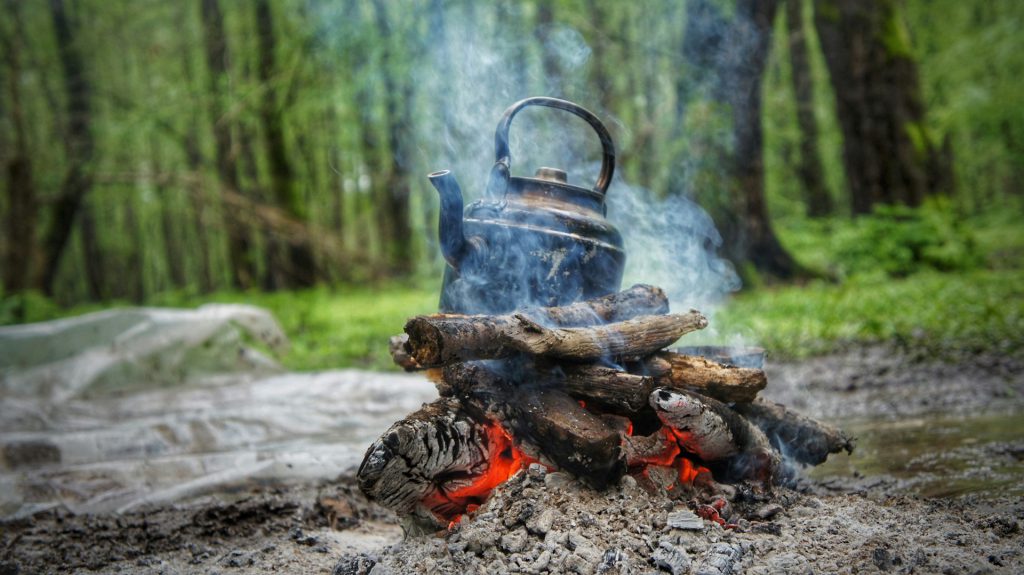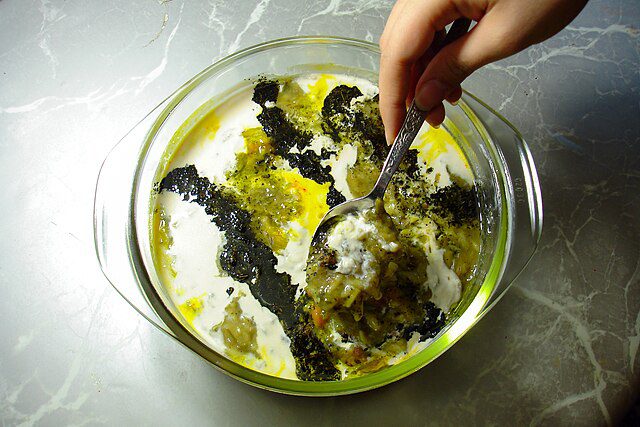Table of Contents
Sizdah Be Dar, also known as Nature Day, is a special part of Iranian culture that brings people together to celebrate and enjoy the outdoors. It’s an official holiday in Iran and marks the end of the New Year celebrations and the start of spring. Iranians spend 12 days during Nowruz picnicking outside, and Sizdah Be Dar is a day full of different customs and traditions that vary across the country.
On this day, Iranians say goodbye to the fun of Nowruz and get back to their normal routines, feeling energized by nature’s beauty. Families and friends gather in beautiful places like parks and meadows, soaking up the sunshine and enjoying the fresh air. People from all walks of life come together to appreciate nature and have a good time. Depending on where you are, you might see people tying grass knots to let go of bad luck or playing games and having fun. Sizdah Be Dar reminds Iranians how important nature is and brings everyone closer together.
In short, Sizdah Be Dar is a cherished celebration that shows the love Iranians have for nature and the start of something new. As the Nowruz holidays come to an end, people say goodbye to the festivities and embrace their everyday lives. It’s a time to appreciate the beauty of the natural world and enjoy being together. So, let’s join in and explore the outdoors, celebrating Sizdah Be Dar as we welcome fresh beginnings.
Sizdah Be Dar History
According to ancient Iranian beliefs, Sizdah Be Dar was started by King Jamshid, who founded Nowruz (the Iranian New Year). He would spend time in nature under canopies, surrounded by his people every year. Over time, this tradition spread across the country and became a beloved part of Iranian culture.
After twelve days of celebrating the start of the new year, Iranians would go all out on the last day of their holidays. They would head to open fields and forests to make the most of their final day of celebration.
In the Persian Calendar, the thirteenth day of each month is called “Tir Ruz,” named after Tishtrya, the star associated with rainfall. Iranians chose to celebrate the first Tirgan of the year as a way to invite blessings and abundance.
Sizdah Be Dar reflects the enduring traditions that have shaped Iranian culture for generations. From its legendary beginnings with King Jamshid to the continued celebration of Tir Ruz, this day connects Iranians to their past and reinforces their love for nature and the cycles of life.
As Iranians come together on this special day, they honor their heritage and enjoy the unity that comes from celebrating shared customs. Sizdah Be Dar remains a cherished tradition that allows Iranians to express gratitude for nature while eagerly looking forward to the blessings and opportunities of the months ahead.
Sizdah Be Dar Meaning

Sizdah Be-dar is an ancient ceremony in Persian culture that takes place on the 13th day of Farvardin, which is the first month of the Iranian calendar. The name “Sizdah” means thirteen in Farsi, and “Be-dar” means getting rid of something. Therefore, Sizdah Be-dar can be translated as “Getting Rid of Thirteen.” This day is traditionally considered the last day of the Persian New Year holiday.
Contrary to the belief that the number thirteen is unlucky, in Persian culture, none of the days of the year are considered ominous or unlucky in the Iranian calendar. Each day of the week and month has beautiful names associated with manifestations of nature or God.
In the Solar calendar, the 13th day of each month is called “Tir Rooz,” named after a star that was believed to bring rain and the grace and blessings of God in ancient Iran.
Sizdah Be Dar in English

Sizdah Be Dar, also known as the “Lie of the Thirteenth” or “Dorugh-e Sizdah” in Persian, is a fun Iranian tradition that adds a playful twist to the first or second day of April. This joyful holiday falls on the thirteenth day of the Persian New Year celebrations and has been around since the Achaemenid Empire in 536 BC. Sizdah Be Dar has become a beloved occasion for pranks and jokes in Iranian culture.
The origins of Sizdah Be Dar can be traced back to the ancient Achaemenid Empire, showing how this lively celebration has stood the test of time. Throughout centuries, the tradition has evolved and become an integral part of Iranian culture. On this special day, Iranians enjoy playing harmless pranks on each other, bringing laughter and happiness to their communities. It’s a time when friends and family come together to have fun, share jokes, and create cherished memories.
Sizdah Be Dar is Iran’s version of April Fools’ Day, with its unique customs and traditions. It reflects the vibrant tapestry of Iranian culture, highlighting the importance of humor and togetherness in people’s lives. So, if you happen to be in Iran on the first or second day of April, be prepared for a day filled with harmless tricks and laughter as the spirit of Sizdah Be Dar takes hold.
Sizdah Be Dar: Holiday Outdoors

Sizdah Be Dar, also known as Nature Day, marks the end of the New Year celebrations in Iran. It’s a day when Persian people happily leave their homes and spend time outdoors, having picnics with their families and friends. It’s a time for fun, laughter, and enjoying delicious food together.
On this special day, Iranians gather in parks, gardens, and beautiful places to enjoy nature’s beauty. They dance, sing, and play games, creating a lively and joyful atmosphere. Sizdah Be Dar is a chance for everyone to relax and have a good time before returning to their everyday lives.
The name “Nature Day” suits this occasion perfectly. It allows people to connect with the outdoors, breathe in the fresh spring air, and appreciate the wonders of nature. Sharing tasty food with loved ones adds to the joy of the picnic gatherings—a true celebration of life and the beauty around us.
Popular Traditions on Sizdah Be Dar

Sizdah Be Dar is a joyous celebration filled with culinary delights and symbolic rituals that bring people together, fostering a sense of hope, renewal, and connection with the past, present, and future.
Ash Reshte
One of the delightful traditions on Sizdah Be Dar is indulging in special foods. A beloved dish that graces the tables on this occasion is Ash Reshte, a thick and hearty soup that holds a cherished place in Iranian cuisine. This delectable soup features reshte, which are noodle-like strands, and kashk, a unique salty dairy product.
Ash Reshte is a culinary masterpiece that is prepared with love and care in kitchens across Iran and Azerbaijan. Its rich flavors and comforting texture make it a beloved choice for this festive day.
Kahoo Sekanjabin
Another culinary delight that takes center stage on Sizdah Be Dar is “Kahoo Sekanjabin.” This special crispy treat is a true delight for the senses, especially during the warm weather. Sekanjabin, a refreshing drink made from a combination of vinegar and honey, takes on a new form when paired with crispy lettuce. The result is “Kahoo Sekanjabin,” a perfect crisp that offers a delightful contrast of flavors and textures. It’s a popular choice for those seeking a refreshing and satisfying snack to enjoy on this festive day.
Joojeh Kabab
Joojeh Kabab is a popular dish served during family gatherings, at Persian restaurants, and at Sizdah-Bedar picnics. It is a low-calorie and keto-friendly meal option. Typically, Joojeh Kabab is enjoyed with a side of green salad or Persian rice. On the 13th day of Nowruz, which is known as Sizdah-Bedar and marks the end of the Nowruz festival, Joojeh Kabab is often served along with bread. It’s a delicious choice for a satisfying and flavorful meal during these special occasions.
Tying Knots of Grass
Another cherished tradition on Sizdah Be Dar involves young girls and boys tying knots of grass and making wishes for their future partners. This delightful ritual holds a special place in their hearts as they believe that by tying the knot, they are forging a bond with their future companions. When the knot is eventually untied, it is believed that their good fortune and luck will be unbound as well. This charming tradition not only represents the connection between men and women but also serves as a way for young married couples to make wishes for their desired blessings, such as the gift of children or the achievement of their dreams.
Throwing Away Sabzeh
Sizdah Be Dar also involves symbolic gestures that hold deep meaning for those partaking in the celebrations. One such tradition is the act of discarding “Sabzeh” from the specially prepared New Year table known as “Haftsin.” “Sabzeh” refers to wheat or lentil sprouts that are grown and placed on the table as a symbol of renewal and growth for the coming year. On the thirteenth day, these sprouts are cast away, symbolically shedding all sorrows, pains, and illnesses associated with the past year. It’s a symbolic gesture of bidding farewell to the old and embracing the new with hope and optimism.
FAQs about Sizdah Be Dar
Q1: When is Sizdah Be-Dar 2024?
A1: Sizdah Be-Dar 2024 will occur on Monday, April 1, 2024.
Q2: What does Sizdah Bedar mean in English?
A2: Sizdah Bedar, in simpler terms, means “letting go of the bad luck associated with the thirteenth day”. One way to do this is by going on a picnic in beautiful natural areas. According to the Dehkhoda Dictionary, “dar” means “valley and plain” and “be” means “towards”.
Q3: What is the history of Sizdah Bedar?
A3: The ancient people of Iran believed that Jamshid, the king who founded Nowruz, started the tradition of Sizdah Be-dar by spending time outdoors in nature under canopies and with the company of the people. Over time, this tradition spread across the entire country.
Q4: How is Sizdah Bedar celebrated?
A4: Picnics take center stage during Sizdah Bedar, bringing families and friends together. People gather and set up a variety of delicious foods like rice dishes, grilled meat, tasty pastries, sweets, and fragrant herbal teas. The music sets the rhythm, and everyone dances in sync, creating a joyful atmosphere.
Q5: What is there to do in Sizdah Bedar?
A5: The most popular way to celebrate Sizdah Bedar is by spending the day outside with loved ones. It’s common for people to have a picnic in nature and simply enjoy being outdoors and the pleasant weather that comes with the arrival of spring.
Last Words: Experience the Best of Sizdah Be Dar with a Customized Tour
On Sizdah Be Dar, Iranians come together to celebrate and enjoy nature. It’s a holiday that marks the end of the New Year celebrations and the start of spring. People gather in parks and meadows, enjoying the outdoors and spending time with their loved ones. It’s a time to appreciate nature’s beauty and have fun.
If you’re planning to travel to Iran and want to immerse yourself in the vibrant and culturally rich celebration of Sizdah Be Dar, it’s worth considering a customized and tailored tour. At To Iran Tour, you can expect a personalized approach that takes into account your interests, budget, and preferred travel style. Whether you’re a history enthusiast, a food lover, or an adventure seeker, they can craft a unique itinerary that combines the highlights of Sizdah Be Dar with other fascinating destinations and activities across Iran.


